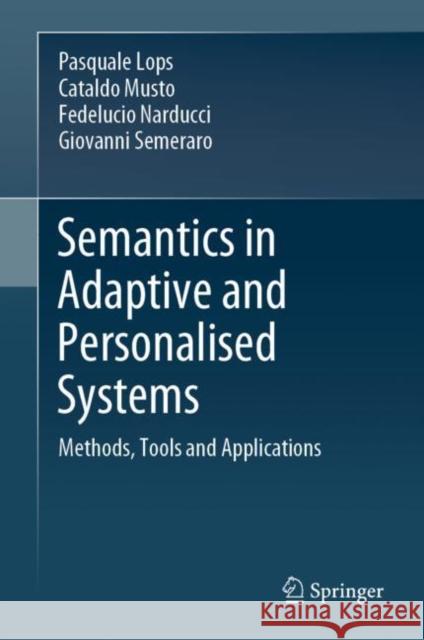Semantics in Adaptive and Personalised Systems: Methods, Tools and Applications » książka
topmenu
Semantics in Adaptive and Personalised Systems: Methods, Tools and Applications
ISBN-13: 9783030056179 / Angielski / Twarda / 2019 / 186 str.
Kategorie:
Kategorie BISAC:
Wydawca:
Springer
Język:
Angielski
ISBN-13:
9783030056179
Rok wydania:
2019
Wydanie:
2019
Ilość stron:
186
Waga:
0.41 kg
Wymiary:
23.83 x 16.26 x 1.24
Oprawa:
Twarda
Wolumenów:
01











